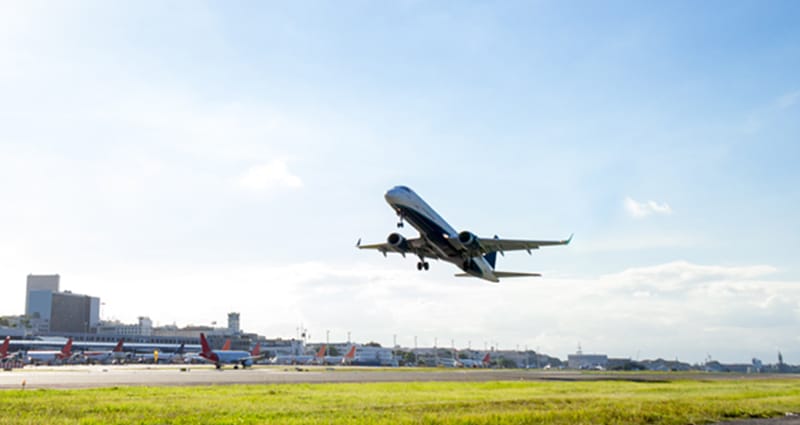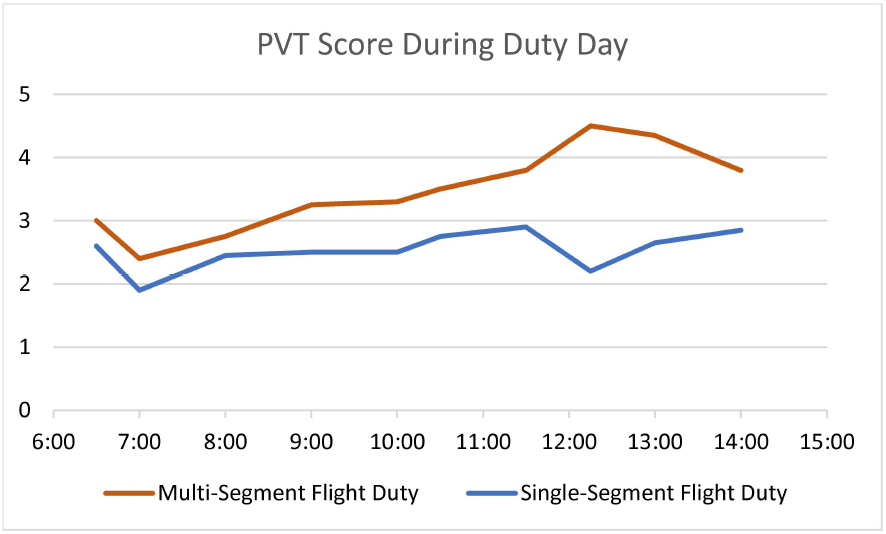The Fatigue Impact of Multi-Segment Flying

Pilots know fatigue all too well. Changing time zones, early starts, and delays have always been an inherent part of the job. But over the past few years, improving aircraft technology and evolving market demand have contributed to an uptick in longer flights and multi-segment operations. The perception among pilots is that both of these flying patterns increase fatigue.
But what does the science say?
Long-range flights have been—and continue to be—well studied by commercial aviation operators in collaboration with university researchers and fatigue risk management consultants. Here we take a look at multi-segment flying, which has garnered much less attention from the research community.
Part 117 operators saw new rules take effect in early 2014 that limited duty durations in part by the number of flight segments in the duty period. A study published a year later by Washington State University in partnership with the Regional Airline Association performed a rigorous analysis of multi-segment flying in light of the new rules.1 Unsurprisingly, the researchers found that adding more flight segments to a duty period stimulates a greater buildup of fatigue. All else being equal, it is the number of takeoffs and landings that seems to be a driving factor.
In the study design, 24 pilots were assigned a four-day pairing in a high-fidelity CAE moving-base full-flight simulator with back-to-back duty periods on days two and three. Each flying duty started at 5:15 a.m. and was nine hours in duration. One consisted of five flight segments within the continental United States, beginning in STL and ending in LIT. The other consisted of a matching single-segment flight from MIA to SEA. Half the pilot sample flew the multi-segment duty day first followed by the single-segment duty; the other half flew the opposite sequence.
During the multi-segment sequence, pilots exited the simulator after completing each flight segment. After taking a break in line with the duty schedule, pilots re-entered the simulator and performed the full set of normal flight checks in order to realistically simulate an airplane swap.
Real-time fatigue was tracked at various times of the duty period with both subjective and objective measures including the Psychomotor Vigilance Test from Pulsar Informatics. As illustrated in Figure 1 below, pilots flying the single-segment duty day averaged a total PVT score of between 2 and 3 throughout the day, while those flying a multi-segment duty day saw their PVT score increase, on average, to over 4 by the early afternoon.
Thus, as the day progresses, fatigue levels are higher in a multi-segment flight duty period when compared to a single-segment flight duty period. Although the effect is relatively small, according to the authors of the study it is statistically significant.

The bottom line is that pilots’ intuition is correct: multi-segment flight duty days are a bit more fatiguing than single-segment flight duty days. Your operation should take this effect into account to properly manage fatigue risk. Pulsar Informatics provides software tools to make this easy: contact us for more details.
Resources
1 Van Dongen et al., Simulator Experiment on Fatigue in Multi-Segment Operations, 2015.

Pulsar Informatics is an IS-BAO I3SA certified company specializing in systems that help organizations reduce fatigue-related risk and achieve peak performance. Fleet Insight enables safety managers and schedulers to proactively evaluate fatigue across their entire operation’s schedule and formulate mitigation strategies. Fatigue Meter Pro Planner is used by pilots, flight attendants, and maintenance personnel to evaluate their individual flight and duty schedule.
http://www.pulsarinformatics.com
© 2025 Pulsar Informatics, Inc.. All Rights Reserved.
Next ArticleRelated Posts

Mitigating Risk – Amidst the Chaos
There have been more high-profile aviation accidents in the last few months than in the last few decades. As we mourn those we have lost and aim not to make assumptions before final reports are completed, we must focus, personally and professionally, on assessing the risk of something similar happening within our aviation enterprises.

Let’s Get Personal (About Risk)
Aviation loves to talk about risk management. Insurance companies, manufacturers, and organizations all fully embrace the concept and know that to make it work on the line, we must get people at all levels and from all functional areas to embrace it. Tools such as the Flight Risk Assessment Tool (FRAT) are noble attempts, but at the core of it all lies the simple fact that people, as individuals, view risk differently.

